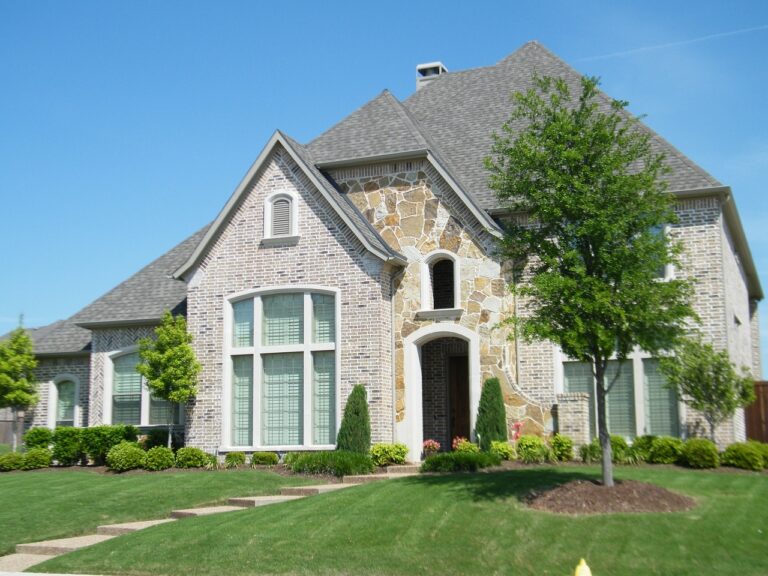Choosing Sustainable Roofing Materials for Eco-Friendly Home Improvement
One popular sustainable roofing material is metal. Metal roofs are highly durable and long-lasting, with some lasting over 50 years. They are also recyclable, making them an environmentally friendly option. Additionally, metal roofs are energy-efficient, reflecting heat to keep a building cool in the summer.
Another sustainable roofing material is clay tiles. Clay tiles are made from natural materials, making them a renewable option. They provide good insulation, helping to regulate a building’s temperature. Additionally, clay tiles are resistant to fire, mold, and mildew, making them a low-maintenance choice for sustainable roofing solutions.
Benefits of Using Eco-Friendly Roofing Materials
Eco-friendly roofing materials offer numerous advantages to homeowners and the environment. Using sustainable materials can help reduce energy consumption by providing better insulation, resulting in lower heating and cooling costs. Additionally, eco-friendly roofing materials are often made from recycled or natural materials, reducing the overall environmental impact of the roof’s construction.
Moreover, eco-friendly roofing materials are typically more durable and longer-lasting than traditional roofing materials. This can result in fewer repairs and replacements over the lifespan of the roof, saving both money and resources in the long run. By choosing eco-friendly roofing materials, homeowners can contribute to a healthier planet while enjoying the benefits of a more efficient and sustainable roof.
Factors to Consider When Selecting Sustainable Roofing Materials
When selecting sustainable roofing materials, it is crucial to consider the durability and longevity of the product. Choose materials that have a proven track record of standing up to harsh weather conditions and requiring minimal maintenance. Look for materials that are not prone to cracking, fading, or deteriorating over time, as this will help extend the lifespan of your roof and reduce the need for frequent replacements.
Another important factor to consider is the energy efficiency of the roofing materials. Opt for materials that can help improve the overall thermal performance of your building, reducing the need for excessive heating or cooling. Energy-efficient roofing materials can also help lower utility bills and decrease the environmental impact of your property. Be sure to research the energy efficiency ratings of different materials and choose the option that best suits your needs and budget.
• Consider the durability and longevity of the roofing material
• Choose materials that can withstand harsh weather conditions with minimal maintenance
• Look for materials that are not prone to cracking, fading, or deteriorating over time
• Select materials that can help improve the overall thermal performance of your building
• Opt for energy-efficient roofing materials to lower utility bills and decrease environmental impact
• Research energy efficiency ratings of different materials before making a decision
What are some examples of sustainable roofing materials?
Some examples of sustainable roofing materials include metal roofing, clay tiles, recycled shingles, and green roofs.
What are the benefits of using eco-friendly roofing materials?
Using eco-friendly roofing materials can help reduce energy consumption, lower utility bills, improve indoor air quality, and decrease environmental impact.
How do I know which sustainable roofing material is right for my home?
When selecting sustainable roofing materials, consider factors such as climate, building design, budget, and maintenance requirements to determine the best option for your specific needs.
Are sustainable roofing materials more expensive than traditional roofing materials?
While some sustainable roofing materials may have a higher upfront cost, they can often result in long-term savings due to their energy efficiency and durability.
How can I ensure that the sustainable roofing materials I choose are truly eco-friendly?
Look for certifications such as ENERGY STAR and LEED, as well as products made from recycled or renewable materials, to ensure that the roofing materials you choose are truly sustainable.







